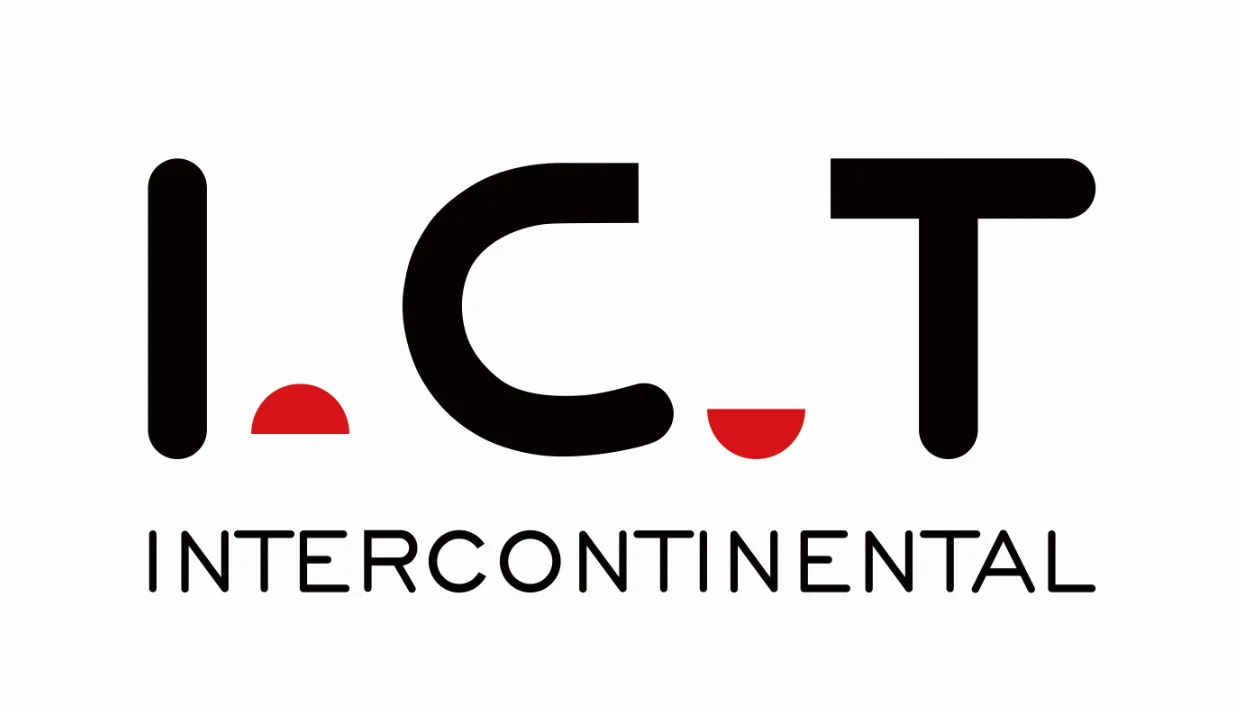Energy Induatry
The Synergy of SMT and THT Technologies in Energy Induatry
In the fast-paced world of new energy products, efficient manufacturing processes are paramount. Solar panels, LED lighting, batteries, electric cars, and hybrid cars have become cornerstones of sustainable development. This has led to a surge in demand for innovative solutions in the industrial control sector. The seamless integration of Surface Mount Technology (SMT) and Through-Hole Technology (THT) is shaping the landscape of manufacturing, enabling the production of cutting-edge new energy products.
SMT and THT
Surface Mount Technology (SMT) and Through-Hole Technology (THT) represent two distinct but interdependent approaches to electronic component assembly. SMT involves placing and soldering components directly onto the surface of a printed circuit board (PCB), while THT involves inserting components through holes in the PCB before soldering. When these technologies converge, they create a comprehensive manufacturing process that optimizes efficiency, reliability, and precision.
Solar Panel Manufacturing
The production of solar panels relies heavily on advanced manufacturing techniques. SMT is employed to mount delicate and compact components such as microinverters and connectors onto the solar panel's PCB. These components require precise placement to maximize energy conversion efficiency. Simultaneously, THT technology is utilized to secure larger components like power terminals and cooling systems, which require robust connections. The combination of SMT and THT ensures the reliability and durability of solar panels under varying weather conditions.
LED Lighting Manufacturing
LED lighting systems demand compactness and energy efficiency. SMT plays a pivotal role by assembling miniature components, including LED chips and drivers, onto the lighting module's PCB. THT, on the other hand, facilitates the attachment of larger elements like heat sinks and power connectors. The synergy of SMT and THT guarantees consistent luminosity and prolonged lifespan in LED lighting products.
Battery Manufacturing
The battery industry is at the forefront of new energy innovation. SMT is crucial in the assembly of intricate battery management systems, ensuring optimal performance and safety. THT complements this process by integrating large-format terminals and connectors for high-power transfer. The combination enhances the overall energy storage capacity and reliability of batteries used in various applications.
Electric and Hybrid Cars
Electric and hybrid cars rely on a complex network of electronic components. SMT technology is used to populate PCBs with sensors, control units, and communication modules, all contributing to the vehicle's efficiency and safety. Meanwhile, THT is employed for more substantial components like charging ports and power distribution units. The integration of SMT and THT processes ensures the seamless operation of these advanced vehicles, reducing energy consumption and minimizing environmental impact.
Future Prospects
The collaboration between SMT and THT technologies is set to drive continuous advancements in the new energy sector. As demand for cleaner and more sustainable energy solutions grows, manufacturers will increasingly rely on innovative assembly techniques to deliver reliable products at scale. Furthermore, the ongoing miniaturization of components and the emergence of Industry 4.0 concepts will further integrate SMT and THT technologies, fostering adaptive and intelligent manufacturing systems.
Conclusion
The fusion of Surface Mount Technology (SMT) and Through-Hole Technology (THT) is reshaping the landscape of industrial control in the new energy sector. From solar panels to electric vehicles, the synergy of these technologies enhances efficiency, reliability, and performance. As the world embraces sustainable energy solutions, manufacturers will continue to harness the power of SMT and THT to drive innovation, reduce environmental impact, and shape a brighter future for generations to come.


